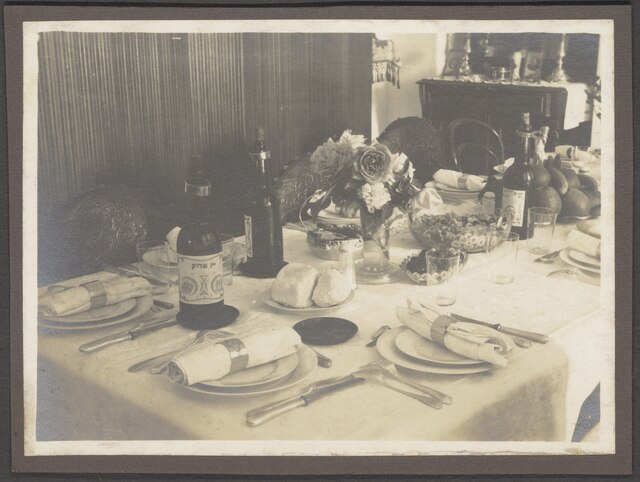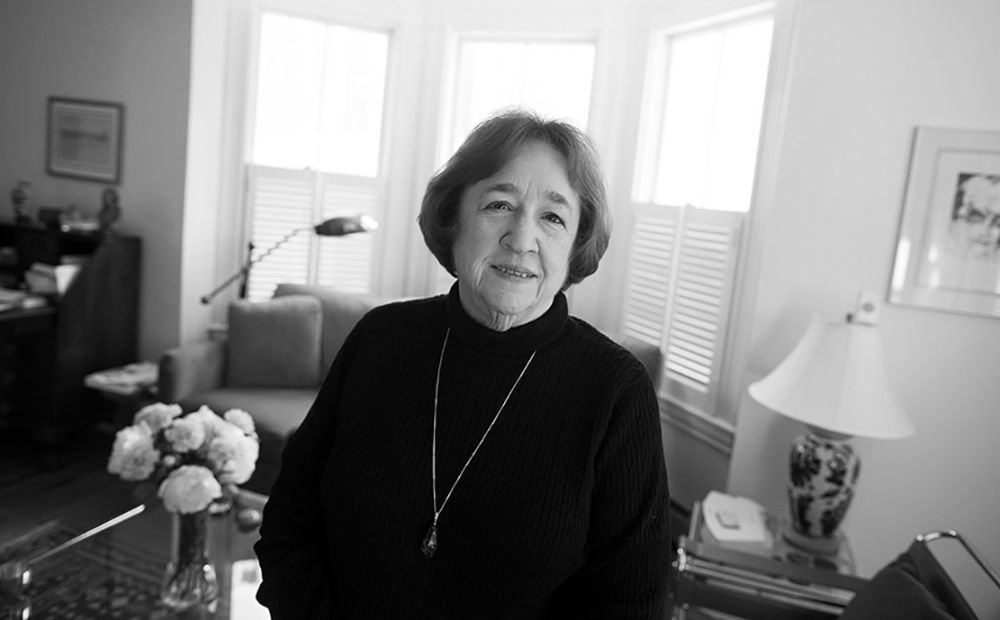Janet Flanner, under the pen name of Genêt, began writing her fortnightly “Letter” for The New Yorker in October, 1925, a few months after the magazine was founded. She had wanted to be a writer ever since she was a girl of five in Indianapolis, where she was born in 1892. When, on her fifth birthday, she was asked, “What do you want to be when you grow up?” without hesitation she answered, “I want to be an author.” Whereupon her mother asked her, “Can you spell it?” She missed the “u,” she wrote later.
Writing was her passion, her devotion, her constant work. After a brief career on the Indianapolis Star as its first movie critic, she left America to live in Paris in the early twenties, with the intention of becoming “another Edith Wharton on the spot.” Her assignment from The New Yorker was to report merely “what the French thought was going on in France,” but she slowly added her own insight and taut analysis to what she saw, heard, and read, giving birth to that special brand of essay-reporting that made her famous. She lived for fifty years in France except for the war period, when she returned to the U.S. “The idea that I’ve become French would be ludicrous and impertinent,” she answered an interviewer. “I don’t believe one shifts one’s breed easily. The first twenty years of one’s life stamp one. .”
She had a great mop of bobbed silver hair, piercing brown eyes, a noble aquiline nose and a sensitive mouth that illuminated her face when talking or smiling. She was always smartly dressed in Chanel or Molineux tailored clothes or in a St. Laurent black pantsuit, with elegant French shoes — her particular pleasure — on her tiny feet, and bright scarves of which she was very fond. She smoked and read incessantly.
She is the author of Cubical City, a novel, published in 1926; An American in Paris, a profile of an interlude between two wars, drawn mainly from her New Yorker writings (1940); Petain: The Old Man of France (1944); Men and Monuments, art monographs (1957); Paris Journal I, 1944-1965 (1965), which won the 1965 National Book Award; Paris Journal II, 1965-197I (1971); Paris Was Yesterday, 1925-1939, which drew on her New Yorker reportage from before the period of her Journals (1972); London Was Yesterday, 1934-1939, a selected collection of her London Letters which she alternated with her bi-weekly Paris Letters for a number of years (1975); Janet Flanner’s World: Uncollected Writings 1932-1975, writings from other parts of the world (1979). She wrote her last “Letter from Paris” in September, 1975. In her last years she made her home in New York, where she died on November 7, 1978, at the age of eighty-six.
Janet entered my life on a New York afternoon in early January, 1940. She was forty-eight years old; I was thirty-eight. She was an American who, in the twenties, had left her birthplace to live in France. I had left Rome, where l was born, to come to America, at about the same time.
She had divorced her husband and made a life for herself in Paris. I had acquired one, and made my life in New York, though by the time Janet and I met, Bill and I had gone our separate ways.
It was the combination of these elements — the Europeanized American and the Americanized European — that sparked our long and unique friendship. Janet found in France the tradition of beauty, art, and culture she so longed for in her Indiana days. I found in America a new climate of freedom, a new world with eyes turned toward the future, with every possibility open to a young woman who had seen the rise of Fascism in her own land and hated it.
As a famous journalist, Janet interpreted European people and events to American readers. I was interpreting the American way of life, its spirit and freedom, by broadcasting daily to my people under Fascism. Later I helped to establish a cultural bridge, as the head of the first New York office of the publisher Amoldo Mondadori of Milan, which I represented for seventeen years. After that, l became the Vice-President of Rizzoli Editore Corporation in New York, for eleven more years. When we met, we were two independent working women, passionately involved in the political and historical events of the day, as well as in the events of our private lives.
It was in 1944 that Janet's “other letters” began. They continued throughout her life, during our long separations made necessary by work. Janet often wrote me after she had finished a Paris Letter, or a profile for The New Yorker. She discussed art shows, plays, books, people, and, often, our families. Her observations and comments, even gossip, are generally more personal, more emotional, more natural and easy than what she wrote for the magazine, sometimes violent, but never nasty or petty.
In rereading them, as I started putting my papers in order, I realized how unique our relationship was, worth sharing with the world not only for the value of the “letters” per se, but also as a demonstration of how two women surmounted obstacles, trying to lead personal and professional lives with dignity and feeling. I decided to collect her letters, and they will appear in a book, Darlinghissima: Letters to a Friend, to be published by Random House in the fall of this year.
— Natalia Danesi Murray




